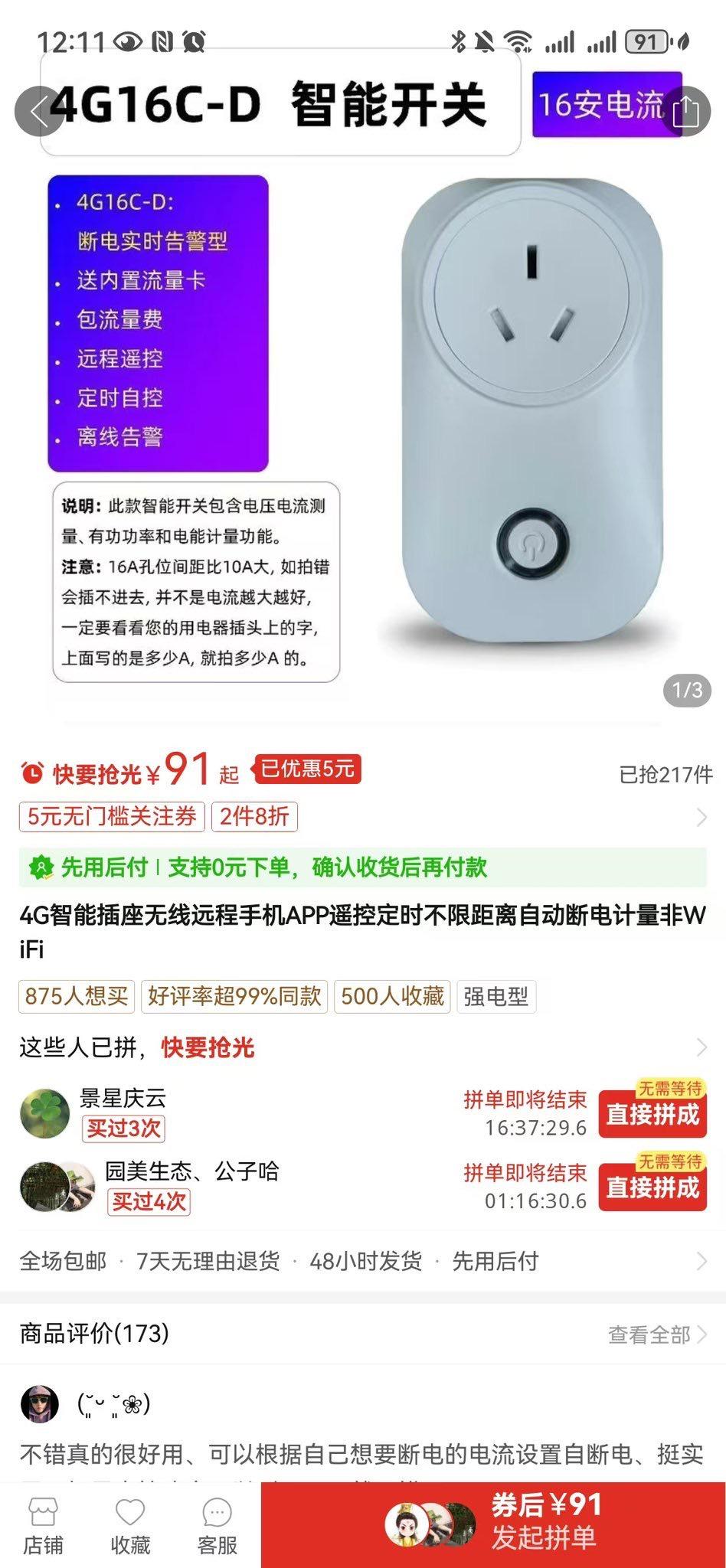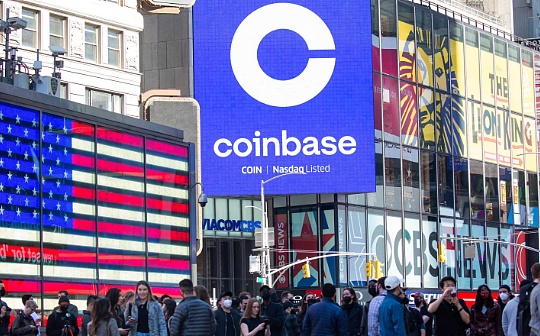It's hard to find a game and no one cares about it. List Depin's "resurrecting the soul" hardware scam

Reprinted from panewslab
05/12/2025·25DSince Filecoin mining machines set off a craze for "selling mining machines" in the bull market in the upper bull market, the Web3 world has been repeating the old routine of "economic incentives + scenario packaging". The last round was GameFi hype, and "Get tokens when playing games" and "Get tokens when running" once became the main line of narratives that went out of the circle. However, although these projects were very popular, they failed to embark on a truly sustainable path of commercialization. GameFi has finally failed to become a long-term track, with tokens soaring, user loss, and ecological collapse.
In this round, the concept of DePIN (Decentralized Physical Infrastructure Networks) emerged, once again setting off a narrative climax in the Web3 circle. Not only "you can mine it by using it", but also "everything can be used to DePIN": you can get tokens for charging, you can get tokens for phone calls, you can get tokens for sockets, you can get tokens for driving, you can get tokens for reading advertisements, and you can even get tokens for "drinking water".
This sounds like it is more imaginative than GameFi - after all, compared to virtual world games, the use of electricity, communications, transportation, and energy in real life seems to have more "real value". But when we look at the actual implementation and economic model of these projects in depth, we find that in the current DePIN market, more than 60% of the equipment suppliers come from Shenzhen Huaqiangbei, and these equipment prices are often 30-50 times the wholesale price of Huaqiangbei, and almost all hardware investors have lost all their money. The DePIN Token I bought was almost powerless to rebound, and I could only watch my wallet shrink, waiting for the "ecological implementation" and "next round of airdrops" that were in the distance. This is not infrastructure innovation, but more like a rampant hardware scam that "resurrected the corpse".
Project inventory: The bloody and tears lessons of those who stumble on
the pit
**Helium: It 's hard to find a machine until no one cares about it
today**
Helium was once a star project in the DePIN field, and its main Helium Hotspot device built a decentralized LoRaWAN network. Later, they joined forces with T-Mobile and Telefónica to launch mobile communication services, focusing on low-priced packages - for example, the $20 monthly package attracted 93,000 subscribers in just five months.
At first glance, it seems to be incredible, but the story of Helium equipment is the classic case of "leek harvesting": a hot mining machine that was once dozens of dollars was sold at $2,500 per unit (it was said to have recovered in three days), but the reality is: because the domestic nodes were banned by the official blacklist, the entire Chinese army was wiped out, the mining machine was ruined, the price of the currency plummeted, and the miners lost all their money. The dream of "mining is financial freedom" has long been shattered.
Hivemapper: Buy a camera to "mine"? The return is far away
Hivemapper sells $549 dash cam, allowing users to upload geographic data while driving to receive token rewards. At first glance, this "driving money" model seems to be easier to get started than mining. But the problem is:
- Behind the high hardware price, there is no strong token support. The price of HONEY tokens has been sluggish for a long time, and the return cycle is long.
- The quality and frequency of map data are worrying. Whether it can really build a network that benchmarks against Google Maps is yet to be verified.
- Its map network mainly covers developed countries in Europe and the United States, and there are almost no landing scenarios for Huaqiangbei sellers and Asian markets.
In addition, Hivemapper generates more than $60 million in revenue through hardware sales, but this is more of the revenue from "selling equipment" than the healthy performance of the DePIN economic model.
**Jambo: The African myth of Web3 mobile phones, another time to go to
memory in Huaqiangbei**
Jambo launched a combination of "DePIN + Web3 wallet" and sold specials in the African market. More than 400,000 Jambo phones, which cost only US$99, have sold more than 400,000 units, and activated more than 1.23 million wallet addresses. This is certainly not because investors have a lot of faith in this mobile phone and project, but because of the blatant "fraud" mobile phone pre-installed dApps achieved by riding on the surge in APT tokens and the rapid development of the ecosystem. Users can earn JAMBO tokens, but the liquidity and value of tokens are still a mystery. Can't the closed loop of data sales be realized? Without real large data providers paying for it, the mobile phone ecosystem cannot support the long-term use needs of a Web3 user.
Ordz Game: Web3 modified version of retro handheld machine
Ordz Game focuses on "Play to Earn" + hardware handheld BitBoy. The pre-sale equipment priced at 0.01 BTC was sold out as soon as it was launched. The regular version has also been sold for more than 2,000 units.
But essentially:
- The gaming experience is almost at the level of retro handheld ROM, and is not very innovative;
- After Token ORDG transformed into GAMES token, it still lacks liquidity and real value;
- The essence is to replicate the GameFi mining model, but this time I used the "handheld machine" to replace the skin.
The possibility of truly achieving long-term retention and return on players is slim. The airdrop it promises is fake, but the big pie that cheated you is real!
Ton Mobile: Have you bought an Android "elderly phone"?
During the popularity of Telegram and TON, TON mobile phones also adapted to the market, with a price of nearly US$500 and a sales volume of not low. They were rated as "the texture of the elderly" and "not as good as Xiaomi". They only had 6G memory, 128G storage, and Android 14 systems. Although they were equipped with a mobile phone case and claimed to have "airdrop expectations", they:
- The airdrop quality is far less than that of Solana phones;
- UI/UX is not differentiated, and the phone itself is not innovative;
- The cycle of this return is long, and ecological construction is still on paper.
I bought "future airdrop hope", but I couldn't see the fulcrum of the hope to land.
Starpower: $100 plug, an incomprehensible scam
Starpower claims to be the smart power DePIN project under the Solana ecosystem, selling smart sockets, car chargers, batteries and other hardware. The project is supported by Alliance, Iota, etc. It is said that if you want to issue coins in Q2, you can get 100 US dollars for one plug, and the same Pinduoduo only needs 91

Moreover, the project company is newly established, with opaque technology and ecological incentives yet to be clarified, so it is purely relied on "storytelling" to sell equipment.
Looking back at the history of Filecoin and Helium's "mining machine futures scams" and looking at Starpower's roadmap, we can't say that it has nothing to do with it, we can only say that it is exactly the same.
"Energy DePIN" such as Glow and PowerLedger are far away from market logic and investors will eventually pay for it.
These projects focus on highly idealized models such as carbon credit trading and P2P energy distributed trading. Glow rewards the green power generation behavior of solar power plants through a dual token mechanism (GLW + GCC), but in practice:
- Who will buy carbon credit?
- How to verify the real power generation of the power station?
- What tokens will increase the equipment’s capital return?
PowerLedger is trying to be a P2P trading platform in the power market, but the platform currency POW has almost returned to zero, and there is no verification case for the core business model. Although ideals are beautiful, the gap between supervision and commercial implementation has not yet been crossed.
DePIN is essentially an extension attempt of Web3's "economic incentive model" in the real physical world. In theory it has infinite possibilities:
Real infrastructure (communications, power, maps, equipment) can be decentralized, large-scale user network effects can be built, and fair incentives and transparent governance can be achieved through token design.
But at the current stage, 99% of the DePIN projects that have been implemented rely on "selling hardware" to harvest retail investors: the token model with hardware attributes is generally a combination of "air + bubble", and the so-called "ecological empowerment" often relies on KOL packaging, drawing narrative, and airdrop expectations to deceive new users. Most of the project parties come from Huaqiangbei, and rely on "supply chain + huge profit pricing" to earn equipment income, rather than building the network in real time.
A truly successful DePIN requires strong supply and demand model design, transparent and continuous incentive mechanisms, and in-depth understanding of the hardware/infrastructure field. The biggest bubble in the current DePIN market is that most projects are not solving real problems at all, but are packaging concepts to harvest users. When hardware becomes a hype tool in the form of "futures", when device tokens become worthless "digital lottery tickets", and when all narratives revolve around airdrop expectations, DePIN is just another Ponzi cycle of Web3. We look forward to seeing some DePIN projects that survive without relying on selling hardware or telling stories, but relying on real use and real income in the near future.



 jinse
jinse

 chaincatcher
chaincatcher